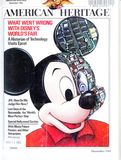
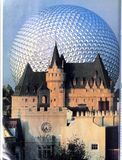
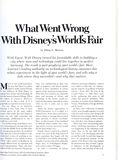
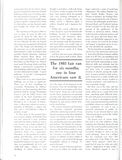
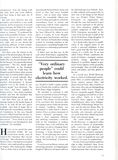
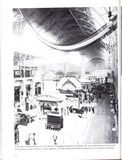
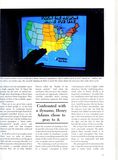
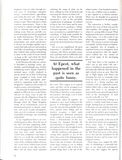
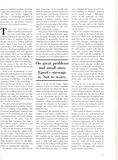
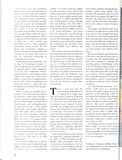
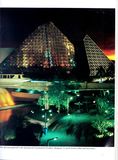
With Epcot, Walt Disney turned his formidable skills to building a city where man and technology could live together in perfect harmony. The result is part prophecy, part world’s fair. Here, America’s leading authority on technological history examines this urban experiment in the light of past world’s fairs, and tells why it fails where they succeeded—and why that matters.
MOST OF THE world must know by now that Epcot is a place built in north-central Florida by the followers of Walt Disney to explain how science and technology fit into the human scheme of things. When the editors of AMERICAN HERITAGE invited me to take a look at it, I gratefully accepted for several reasons.
For one thing, as an American historian I have from time to time written pieces on the same subject matter with results that had begun to seem not only dully reiterative but increasingly problematical to me. I could use a new look.
For another thing, Walt Disney was a very interesting man. Except in his view of what the Middle West was like when he was growing up there, he tended to look upon the received tradition or the authorized version of anything as suspect. Whether it was rodents or Snow White, roller coasters or Beethoven, he sought offbeat forms of expression and novel interpretations. Those who have followed him are trained to his perceptions, very sophisticated in their own right as engineers, and almost equally shrewd in their calculation of certain aspects of the American temperament. What they have found to say about the place and meaning of science and technology in this society would certainly be interesting, especially at a time when no one is quite sure in such matters.
Third, the Disney organization, or WED Enterprises, as it is called, is a cultural force. It has discovered how to deliver whatever message it has in mind quite precisely to almost everybody. How, on this occasion, it has translated its difficult subject matter into a message nearly everyone can receive would also be interesting to see.
[…]